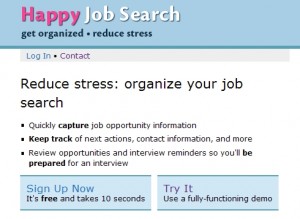 In college, I majored in Mechanical Engineering, and my senior design project was to design and build a remote controlled airplane for a competition. Our project team had six students and a number of advisors, some were professors and others were designers at Bell Helicopter. Early in the process, the team met at the Bell Helicopter facility to plan the project. Discussion was about airplane design.
In college, I majored in Mechanical Engineering, and my senior design project was to design and build a remote controlled airplane for a competition. Our project team had six students and a number of advisors, some were professors and others were designers at Bell Helicopter. Early in the process, the team met at the Bell Helicopter facility to plan the project. Discussion was about airplane design.
We reached a point in the discussion where were we trying to decide what type of plane to build. We considered a traditional design, swept-wings, T-tails, Delta wings, canards and other variations. The more unusual the design, the more excited and interested “we” were… the we being the students and some of the professors. We wanted a winning design for the competition, but also wanted the plane to be cool.
After a lengthy discussion, the senior engineer from Bell Helicopter, who had been quiet during the debate, spoke up. This guy had been designing airplanes and helicopters for more than forty years and had seen it all. He broke into the conversation and said, “What you need to do is ride over to Philadelphia International Airport. Take a look at the planes. They all look alike. Build one that looks like what you see there.”
The discussion was over. We didn’t need to visit the airport. All of us knew what we would see. The designer was right. The basic design of an airplane has been refined over decades and works well for almost all applications, even our senior design project. The key to a successful design was not being radically different from every other design. The key was to optimize every detail and get the little things right.
When you write your resume, keep this lesson in mind. There are conventions and design elements to resumes that are very common and recur. These conventions continue to be repeated because they work. You are not going to discover some new resume writing design completely different from has been tried in the past.
You also need to satisfy the expectations of the reader. Our design project didn’t have to persuade customers to buy a ticket and get on our plane, but commercial aircraft manufacturers need to consider how a plan looks. A great airplane design that doesn’t look “right” will not inspire confidence, and ticket sales. If you resume doesn’t meet the expectations of the reader, you may be rejected before the content of your resume is adequately considered.
It may be boring building a design that is standard and ordinary. What is important is not how innovative your resume is. The important thing is to get results. This requires a design that can be easily understood and read quickly. A standard design will do this. Your focus needs to be on optimizing each element of your resume to create a consistent, easy to read message selling your potential.
So, go to your local resume database. Look at the resumes sitting on the runway and build one like those. Then focus on the little details throughout your resume and build a winner.






